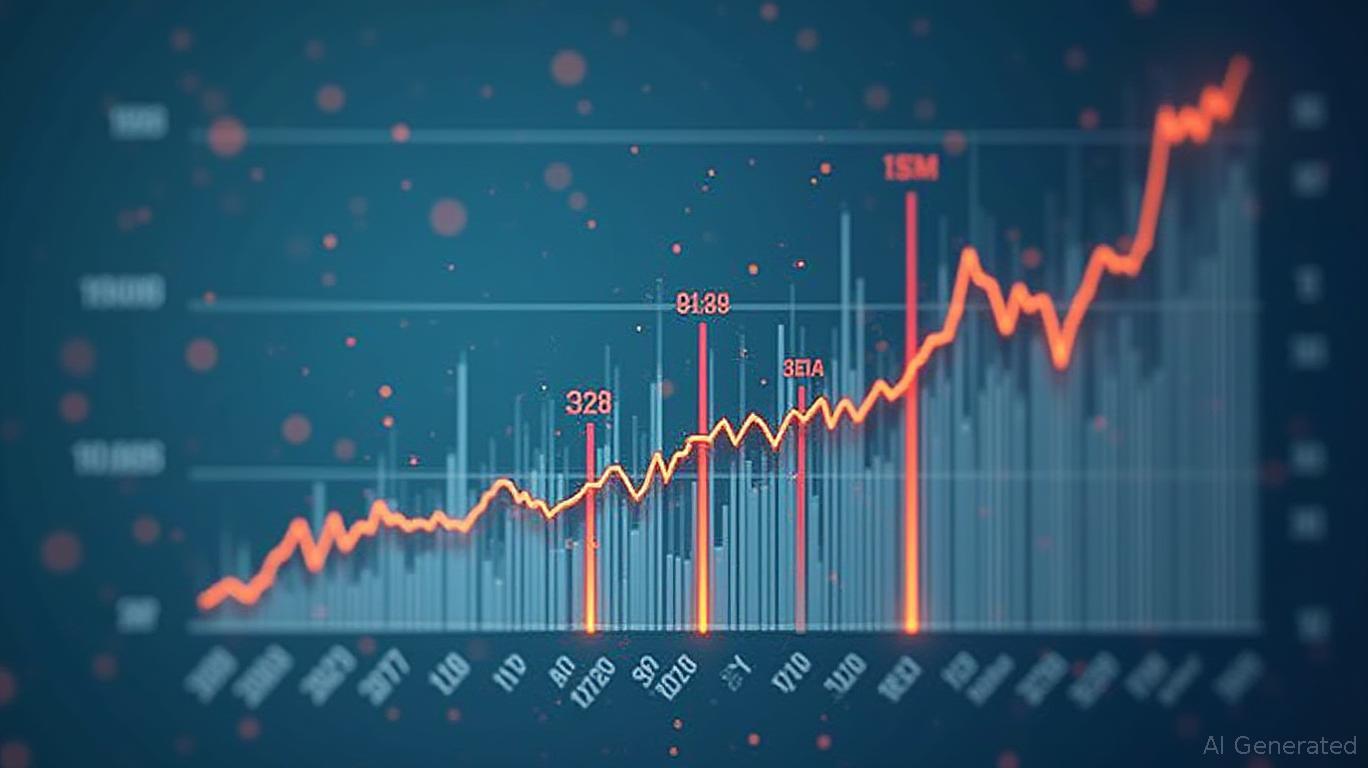Bitcoin Futures Volume Surges 64% Amid 19% Drop In Open Interest
The recent trading landscape for Bitcoin futures has seen a notable increase in volume, contrasting with a significant decline in open interest. This divergence has sparked discussions among analysts about the underlying motivations of traders in the current market environment.
According to a report, Bitcoin futures volumes have surged by 64% in the past week, indicating a shift in market sentiment. This surge in trading activity comes at a time when the price of Bitcoin has faced a decline, raising questions about whether traders are taking profits or preparing for further market movements amidst ongoing volatility.
The juxtaposition of rising trading volumes against a 19% drop in open interest suggests a complex scenario. Some traders may be opting to exit positions to mitigate risk amid a bearish sentiment, while others might be accumulating positions in anticipation of a market reversal. This dual behavior seen in trading activities potentially signals a transition phase for Bitcoin, as traders navigate through uncertainties tied to broader economic conditions.
The decline in open interest, specifically a 19% reduction over a two-week span, indicates that traders may be adopting a risk-off approach. While activity is up, the dropping open interest suggests that many are closing positions rather than maintaining or increasing their exposure. A continuing trend where open interest decreases alongside rising volume could foreshadow a shift towards a more bearish market. If Bitcoin is unable to reclaim the $80,000 mark in the near term, this might not bode well for market confidence.
Conversely, if rising futures volume coincides with recovering open interest, it could signal an accumulation phase, indicating that traders expect future price increases, fostering a bullish outlook. In contrast to the volatility seen in traditional equities, spot Bitcoin ETFs have shown remarkable resilience. Despite significant sell-offs in other asset classes, the outflows from these funds totaled just under $300 million over the past two weeks. This suggests that institutional investors are not reacting hastily to market fluctuations.
The relatively flat outflows indicate a strong underlying belief in Bitcoin’s long-term potential, as institutional players continue to view it as a hedge against market instability. As stock indices plunge, the steadiness in Bitcoin ETF outflows demonstrates that significant players in the market maintain confidence in cryptocurrency.
Given the recent market activity, Bitcoin stands at a crossroads. Analysts warn that should the price remain stagnant while futures volumes surge, it could signal the start of a bear market. However, a concurrent rise in both price and open interest could indicate a phase of accumulation, leading to potential upward movement. As we observe how these dynamics unfold, it will be critical for traders and investors to closely monitor both volume and open interest trends, as they can provide essential insights into future market behavior.
In summary, the current landscape for Bitcoin reflects a complex interplay between futures volume and open interest trends. The mixed signals—heightened trading activity alongside declining open interest—suggest caution among traders. Importantly, as institutional interest remains steadfast, Bitcoin’s immediate trajectory hinges on whether it can regain lost ground amidst a more extensive economic backdrop still grappling with volatility.




_e45148e31749146201654.jpeg)






